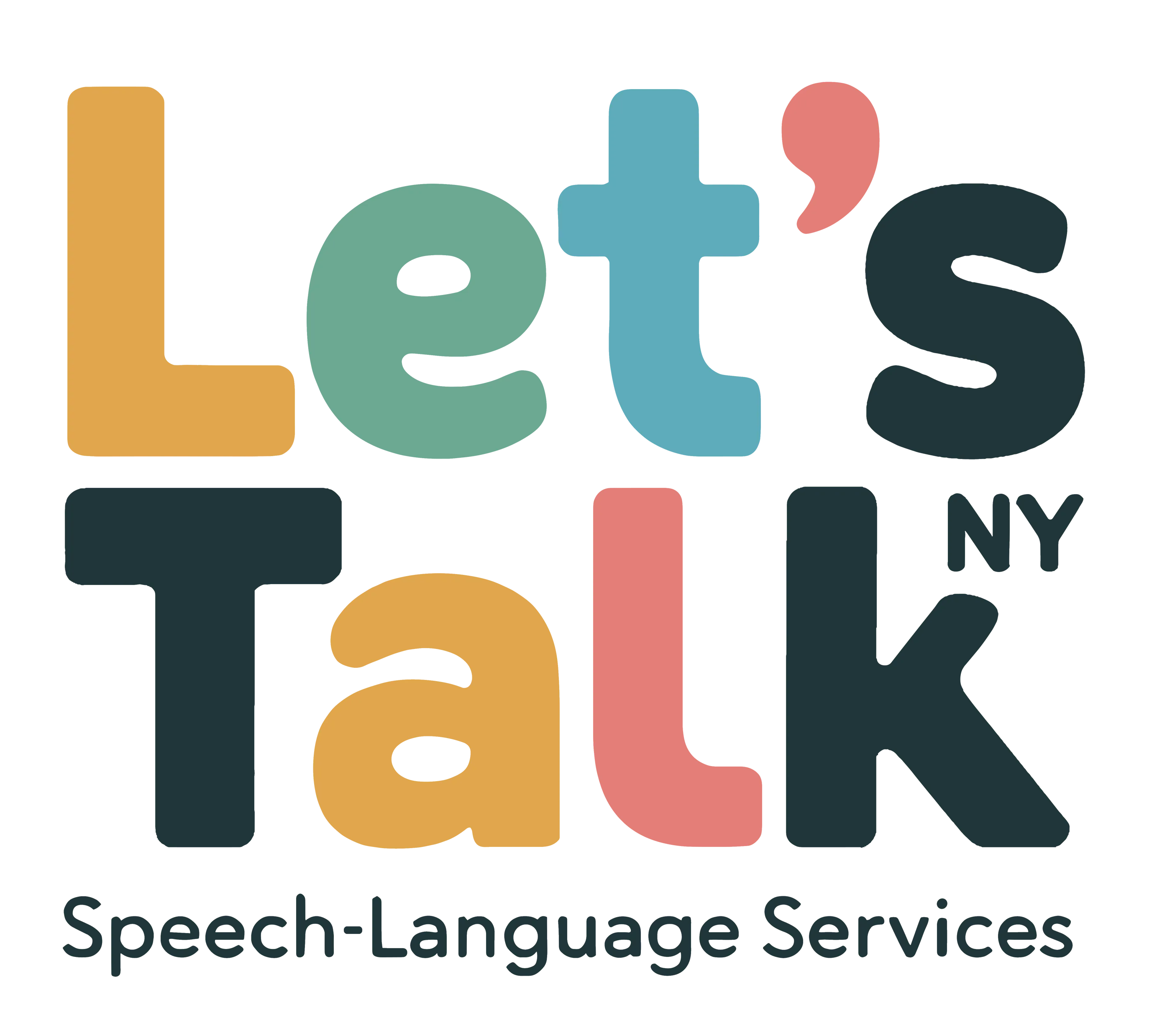Supporting Your Late Talker: Simple Ways to Boost Language Development at Home

As a parent of a late-talking toddler, you might feel worried or unsure about how to best support your child’s language development. The good news is that there are many natural, everyday opportunities to help your little one build their communication skills. Let’s explore some effective strategies you can start using today!
Make Reading Time Count
Reading together isn’t just about getting through the book – it’s about creating an interactive experience that encourages language development. Here’s how to make the most of your reading sessions:
- Forget about reading every word on the page. Instead, talk about what you see in the pictures. “Look at that big red truck! The truck is driving down the hill. Vroom!”
- Let your child guide the interaction. If they point to something, name it and add a description. “Yes, that’s a dog! The brown dog is running fast!”
- Use sound effects and gestures to make the story come alive. Moo like a cow, pretend to eat like a hungry caterpillar, or make whooshing sounds for the wind.
- Read favorite books multiple times. Repetition helps children learn and predict what comes next, building their understanding and eventually their ability to join in.
Turn Daily Routines into Language Lessons
Every part of your day offers chances to model language naturally. Here are some ways to weave language learning into everyday activities:
Mealtime Magic
During meals, talk about what you’re eating and doing: “Let’s scoop up the yogurt. Mmm, it’s cold and creamy! Would you like more banana? I’m cutting the banana into small pieces.”
Bath Time Banter
Bath time is perfect for teaching action words and concepts: “Splash! The water is warm. Let’s pour the water – watch it go down, down, down! Now let’s wash your toes… your knees… your tummy!”
Getting Dressed
Name clothing items and body parts: “Time for your red socks! One sock on your right foot, one sock on your left foot. Now let’s put on your cozy sweater. Arms up!”
Simple Tips for Success
- Get down to your child’s eye level when talking. This helps them see your face and mouth movements while creating a stronger connection.
- Use simple but complete sentences. Instead of just saying “car,” say “The car is driving.”
- Give your child time to respond. Count to 10 silently after asking a question or making a comment.
- Follow their lead. Talk about what interests them in the moment, whether it’s a passing airplane or their favorite stuffed animal.
- Celebrate and respond to all attempts at communication, whether it’s pointing, gestures, sounds, or words.
Remember: Every Child Is Different
While it’s natural to worry about speech delays, remember that every child develops at their own pace. These strategies can help support your child’s language development, but if you have concerns, don’t hesitate to reach out to a speech-language pathologist for guidance.
Want to learn more about supporting your child’s communication development? Contact Let’s Talk NY Speech-Language Services. We’re here to help your little one find their voice!
